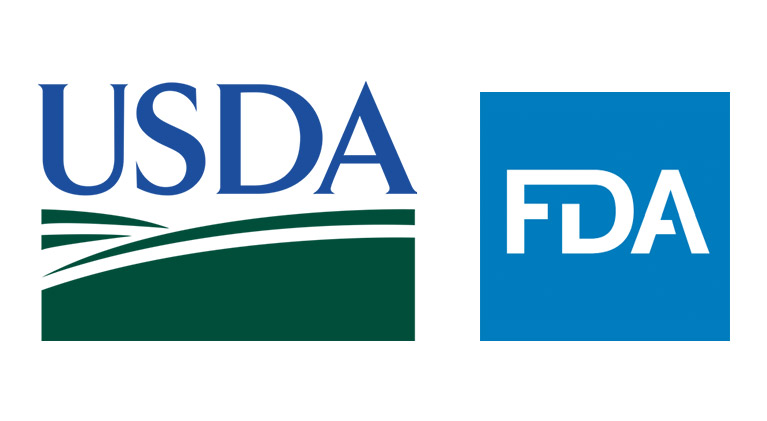Changes are coming soon to the way the United States Department of Agriculture (USDA) and the Food and Drug Administration (FDA) oversee food production and food safety in the U.S.
Early this year, U.S. Secretary of Agriculture, Sonny Perdue, and FDA Commissioner, Scott Gottlieb, signed a formal agreement aimed at making the oversight of food more efficient and effective by bolstering coordination between the two agencies. The agreement outlines efforts to increase collaboration, efficiency and effectiveness on produce safety and biotechnology activities, while providing clarity to manufacturers.
“Secretary Perdue and I share a deep commitment to further strengthening our nation’s food safety system in the most effective and transparent way,” said FDA Commissioner Scott Gottlieb. “Over the last several months, the Secretary and I have worked closely and identified several areas where we can strengthen our collaboration to make our processes more efficient, predictable, and potentially lower cost to industry; while also strengthening our efforts to ensure food safety.”
This agreement is the agencies’ newest initiative to streamline regulatory responsibilities and use government resources more efficiently to protect public health. It aims to increase clarity, efficiency, and potentially reduce the number of establishments subject to the dual regulatory requirements of the USDA and the FDA. For example, when a facility, such as a canned soup manufacturer, produces both chicken noodle soup and tomato soup, it is currently subject to regulation by both agencies.
The agencies will seek to ways to streamline regulation and reduce inspection inefficiencies, while steadfastly upholding safety standards for dual-jurisdiction facilities. The hope is to reduce costs on industry and free government resources to better target efforts to areas of risk.
The agreement also calls for the FDA and the USDA to enhance their collaboration and cooperation on produce safety activities including how the Food Safety Modernization Act (FSMA) is implemented, so that the food safety model is shifted from one of reaction to prevention of foodborne illness.

